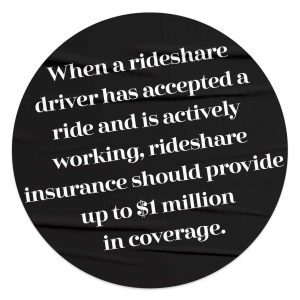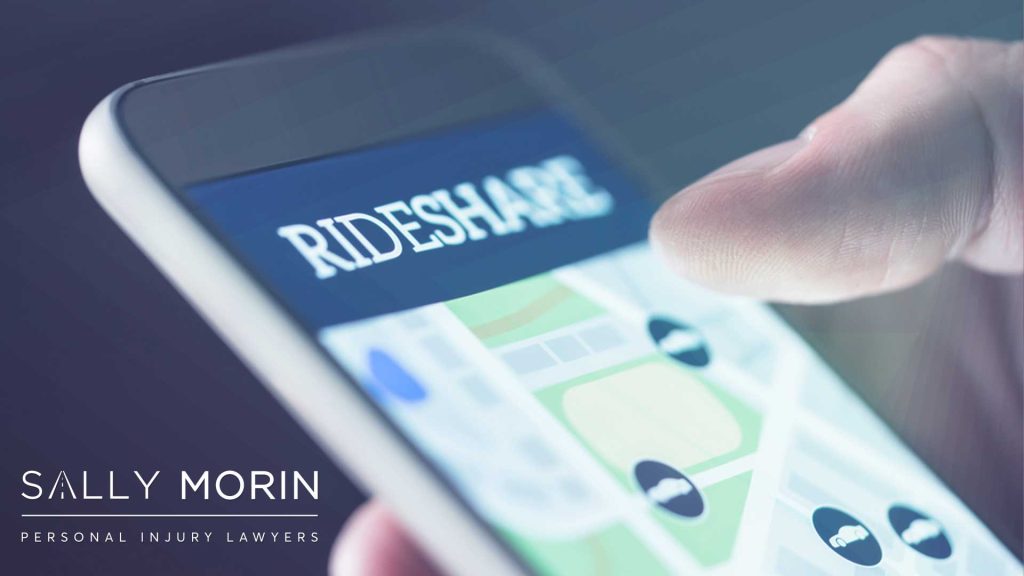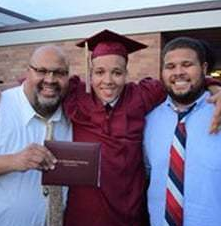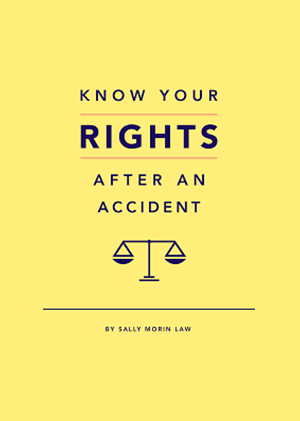Rideshare Accidents in California: How Are They Different?
Using a rideshare service like Uber is often faster and more cost-effective than owning a car in California. As people increasingly choose to use Uber, Lyft, and more, rideshare accidents are on the rise. After a rideshare accident, an injured person may struggle to understand what to do next. How will you pay for your injuries? Will Uber cover your costs? What if they’re disputing your claim? In this article, we’ll help you understand how rideshare accidents differ from other accidents and how to handle a rideshare accident.
How are Rideshare Accidents Different From Other Accidents?
Licenses and Regulations
Rideshare companies like Uber and Lyft are licensed by the California Public Utilities Commission. Rideshare drivers are private citizens, not professional drivers, so they don’t usually have to follow rules specific to commercial drivers and taxicab drivers.
Companies like Uber and Lyft treat their drivers as independent contractors, not employees, which is covered under California Proposition 22. There is no special rideshare driver’s test or certification to start driving for a rideshare company. Just like anyone else in California, a rideshare driver must pass a driver’s test and obtain a driver’s license at the Department of Motor Vehicles (DMV).

Passengers
Rideshare passengers are expected to follow the rules of the road, including wearing seat belts, and shouldn’t distract their drivers. Most rideshare companies prohibit unaccompanied riders under age 18.
Driving more than a few passengers at a time is usually prohibited by rideshare companies. Most set forth maximum passenger limits. For example, Uber has special rules for driving more than 4 passengers and requires drivers to enroll in UberXL to carry up to 6 passengers.
Insurance
Rideshare drivers, like all drivers, are not permitted to hold less than the California minimum insurance. The California minimum is $15,000 for injury or death to one person, $30,000 for injury or death to multiple people, and $5,000 for property damage.
Major rideshare companies require their drivers to carry rideshare insurance in addition to personal auto insurance. Applicability of the rideshare insurance to a specific auto accident depends on whether the driver was engaged in providing rides on behalf of the rideshare company at the time of the accident.

When a rideshare driver has accepted a ride and is actively working, rideshare insurance should provide up to $1 million in coverage. Under California Vehicle Code Section 5430, the $1 million in insurance coverage is available for personal injuries, property damage, and deaths in auto accidents.
When a rideshare driver is operating in the available phase but doesn’t have passengers on board, an injured person may have to accept a lower limit. This is typically $50,000 in bodily injury per person, $100,000 in total bodily injury per accident, and $25,000 for property damage.
Uber will likely dispute your claim if they believe you caused the crash or if the driver was offline and not actively working for them at the time. Other types of insurance coverage may be available instead, like personal auto insurance or healthcare coverage.
Can a Rideshare Passenger in a Car Accident Sue?
You have a right to start a lawsuit against a rideshare driver or company to cover the costs of your injuries and recoup other losses. Most of these cases don’t make it to the courtroom and are settled out of court through insurance agreements.
Don’t feel pressured to take a cash offer from the rideshare driver or a lowball offer from the insurance company. Doing so could end your claim and prevent you from seeking more compensation later.
Does Rideshare Increase Accidents?
In a national study, The American Journal of Epidemiology found mixed results with both positive and negative outcomes of ridesharing. While ridesharing tends to prevent drunk driving accidents, it also brings more injuries among passengers and pedestrians.
A study by the University of Chicago found that ridesharing is associated with a 3% increase in accident-related deaths among passengers. The study’s authors called this “the cost of convenience” for allowing ridesharing on our roads.
How to Handle a Rideshare Accident
Immediately after your ridesharing accident, move to a safe place and determine whether you’re injured or anyone else has injuries. Call 911 to seek help. Remain at the scene of the accident to accept emergency medical care.
Provide essential details, like your contact information and the basics of what happened, but don’t get into an extended conversation with anyone including the police, the rideshare driver, witnesses, or insurance company representatives. Limit what you say until you can speak with your rideshare accident lawyer.
Gather as much evidence as possible, including:
- Photos of the crash scene and debris
- Videos showing the surroundings
- Witness contact information
- Names of nearby streets and businesses
- Weather conditions
- Medical records, receipts, and bills
- Pay stubs to show lost wages
- A journal describing your post-accident experiences
We urge you to seek a free consultation with the team at Sally Morin Personal Injury Lawyers as soon as possible to learn your options for what to do next.
Give Sally Morin Personal Injury Lawyers a call after a Rideshare Accident
When you’re wondering how to handle a rideshare accident, Sally Morin Personal Injury Lawyers can help. We have extensive experience handling California rideshare accident cases and we care about helping you recover as fully as possible.
Call 877-380-8852 today to tell us about your ridesharing accident and request a free case evaluation.











